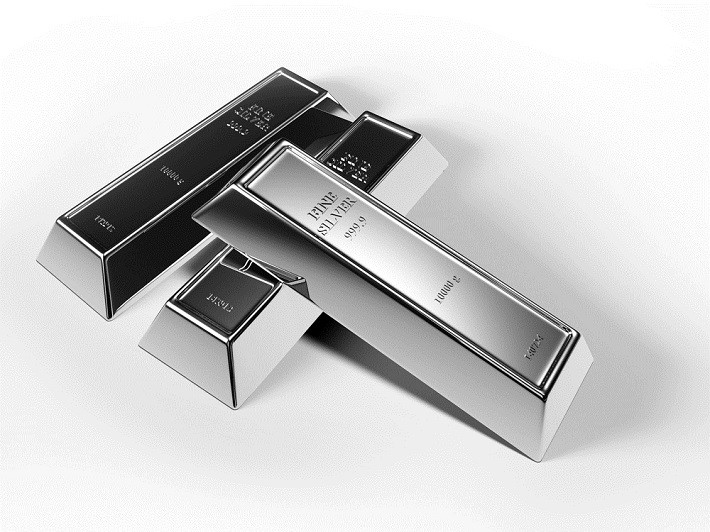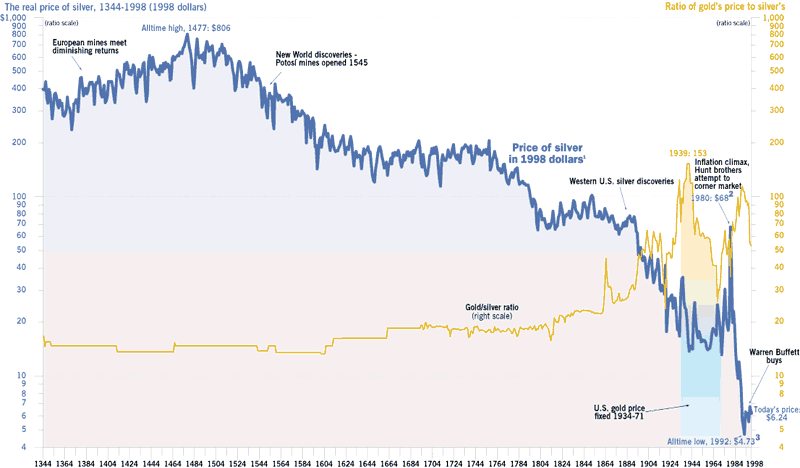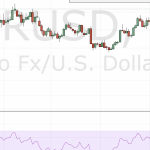
We live in the era of the sound-bite. In our televised news, every subject – no matter the complexity – is presented in two minutes or less. Our newspapers are the print equivalent of the sound-bite.
TV programs exist which present longer discussions of important subjects. News magazines exist which provide longer print features. But no depth of understanding is gained from such sources. Instead, we are simply bombarded with an agenda: the agenda of the handful of mega-corporations which control (virtually) everything we see and hear.
For these reasons, most consumers of information have no time to invest in “learning”. Feed them the bottom-line, or stop wasting their time. Unfortunately, such an attitude will not get one very far when investing in silver. Think of silver as a wild bronco. Learn what you’re doing before you climb on, or you’re virtually guaranteed to take a nasty spill.
Why? Why is the silver market a difficult (and dangerous) market for novices to attempt to navigate? In a word, manipulation. The facts speak for themselves.

At the end of the 1980’s; the price of silver was driven to (in real dollars) a 600-year low. While that final crash in price occurred in relatively recent times, as that chart above indicates, the assault on the price of silver began over a century ago.
Prior to that, for over 4,000 years; the gold/silver price ratio averaged 15:1. This is no accident. The supply ratio of silver to gold (in the Earth’s crust) occurs at a natural rate of 17:1. For over 4,000 years; the price ratio has closely paralleled the supply ratio – for these two precious metals.
Then the attack began. Readers wanting to learn about the early era of silver manipulation can learn most from Charles Savoie’s detailed chronology, The Silver Stealers . After 4,000+ years of rational consistency in the price of silver and the gold/silver price ratio, we see that ratio being skewed beyond any rational extreme – at times exceeding 100:1.
In the years between the beginning of the attack on silver and the present day, silver has become steadily more useful to humanity – even more “precious”. What was the effect of dramatically manipulating the price of silver lower in a world that still wanted and needed silver?
Simple economics gives us the answer. At a radical price discount, silver was wildly over-consumed. Meanwhile, as the price went lower and lower, less and less mining companies could afford to mine this metal at a profit. By the time silver was driven to its 600-year low in price, and held there, more than 90% of the world’s silver mining companies had been driven out of business.













Leave A Comment